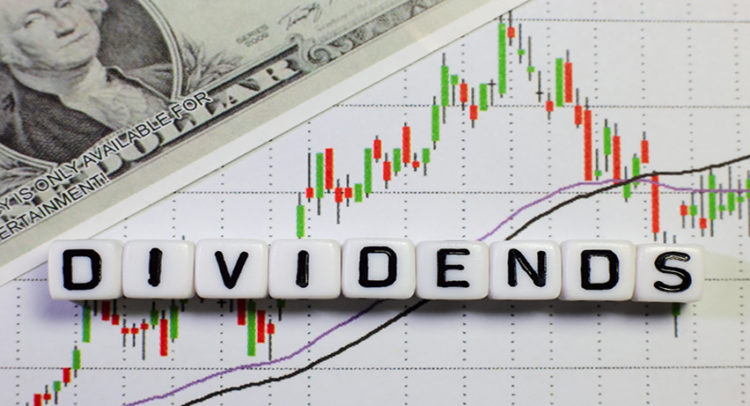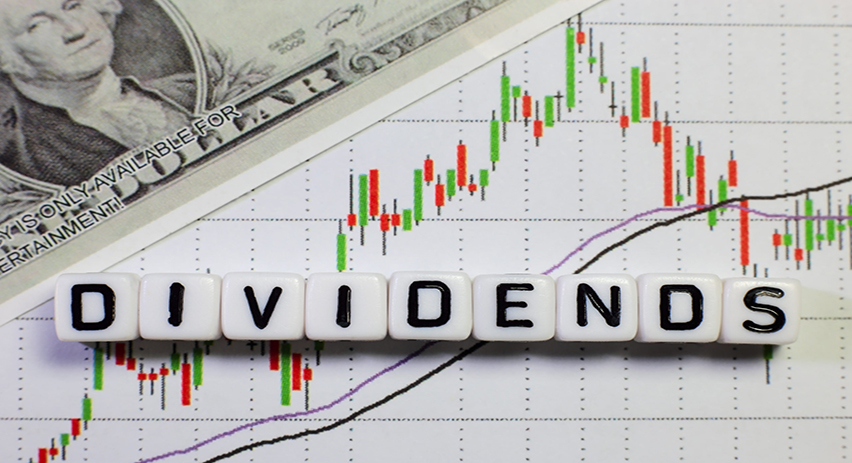Investor sentiment has been largely positive, driven by a notable gain of 15% for the S&P 500 so far this year. It’s a powerful turnaround from last year’s bear trends, and justifies an upbeat outlook – or does it?
Don't Miss our Black Friday Offers:
- Unlock your investing potential with TipRanks Premium - Now At 40% OFF!
- Make smarter investments with weekly expert stock picks from the Smart Investor Newsletter
Watching the market situation for Goldman Sachs, chief US equity strategist David Kostin notes that the gains are resting on a narrow base, and that does not bode well. A look at the NASDAQ index backs up Kostin’s point. The tech-heavy index is up 31% this year, but its gains are resting on a handful of mega-corporations with their multi-trillion dollar market caps.
In a recent note, Kostin describes the risks of such a narrow market base, noting, “Historically, sharp declines in market breadth have typically been associated with large drawdowns in subsequent months. One of our market breadth indicators compares the distance from the 52-week high for the aggregate index vs. the median stock. Market breadth has recently narrowed by the most since the Tech Bubble on this measure.”
Going on from this, Kostin cautions that a near-term recession might be on the horizon, leading to a consequential drop in the S&P 500. He suggests that the index could potentially decline by as much as 23%, reaching 3,400.
For stock investors, the situation presents a natural move: a shift into defensive equities. The classic defensive play is dividend stocks, especially the high-yield dividend stocks. With their reliable passive income streams, and inflation-beating yields, these stocks present investors with resources to weather a storm.
Wall Street’s analysts would agree – they have been picking out top dividend stocks for investors to buy, and focusing on div shares that will give yields of at least 7% going forward. Let’s take a closer look.
Global Ship Lease (GSL)
First up is Global Ship Lease, a major player in the world of maritime commerce. GSL maintains a fleet of cargo ships that ply the oceanic trade routes, mainly small- to mid-sized containerships. These vessel types are the workhorses of the oceanic trade routes and can carry nearly any type of cargo.
Global Ship Lease currently counts 64 vessels in its fleet, ranging from 2,207 to 11,040 TEUs, or twenty-foot equivalent units – the standard unit in container shipping. The company has purchase commitments on four additional ships, all in the 8,500 TEU size class. Including the purchase commitments, which are to be delivered this year, Global has a total carrying capacity of 375,406 TEU.
Like most shipping companies, Global operates its fleet on a charter basis, and collects its earnings from the daily lease rates on each vessel’s contract. The company has a 2.5 year average remaining term on its contracts, and the total contracted revenue is listed as $2.54 billion.
Turning to earnings, we find that Global had time-charter revenue of $155.93 million in 1Q23, up a modest 1.5% year-over-year, while beating the forecast by $4.18 million. the company’s bottom line earnings, at $2.12 per share by non-GAAP measures, was up from $1.85 in the 1Q22 period and came in 20 cents better than the expectations.
Turning to the dividend, Global declared a payment of $0.375 per common share for Q1, which was paid out on June 2. The dividend annualizes to $1.50 per share, and gives a strong yield of 7.65%.
This stock has picked up coverage from Jefferies analyst Omar Nokta, who is impressed by Global’s solid revenue backlog, which gives the company plenty of room to maneuver no matter how the economic situation develops. As Nokta puts it, “GSL’s revenue backlog now stands at an impressive $1.9 billion, with contracted EBITDA estimated at $1.6 billion (above its $1.5 billion enterprise value). This provides plenty of flexibility, and it is on pace to be in a net cash position by mid-2025… GSL’s EBITDA backlog, which more than covers its enterprise value, is too compelling, and supports a higher share price, in our view. While current market uncertainty is keeping an overhang, we expect GSL’s value proposition to ultimately lead to a higher valuation.”
These comments back up Nokta’s Buy rating on GSL, while his $25 price target implies a one-year upside potential of 27.5%. Based on the current dividend yield and the expected price appreciation, the stock has 35% potential total return profile. (To watch Nokta’s track record, click here)
Overall, there are 3 recent analyst reviews of Global Ship Lease, and they are all positive, giving the stock a Strong Buy consensus rating. The shares are trading for $19.61, and their average price target of $25 matches Nokta’s. (See GSL stock forecast)
Hess Midstream Partners (HESM)
The second stock we’ll look at is an energy industry player, Hess Midstream Partners. This firm spun off 6 years ago from Hess Oil, and took the parent company’s pipeline and midstream ops into the public sphere. Hess Midstream now controls a network of hydrocarbon transport assets based in the Williston Basin, a rich production region on the border of the Dakotas and Montana. Hess’s focus is moving oil, gas, and produced water generated in the Bakken and Three Forks shale formations. With an extensive array of gathering, processing, storage, terminaling, and export services, Hess fills a crucial niche in the ever-evolving landscape of energy production.
Despite the importance of its niche, and the cash generating potential of the oil and gas industry, Hess missed the forecasts on its last quarterly financial results, from 1Q23. The company’s top line was reported at $305 million, down 2.4% year-over-year and $7.49 million below the estimates. The company’s earnings came in at 47 cents per diluted share, down from 49 cents one year previously and 5 cents below expectations. On a positive note, the company managed to generate $198.7 million in net cash from operations, representing a 4.2% increase year-over-year.
That last metric should get the attention of dividend investors, as it supports the company’s dividend, declared on April 24 for $0.5851 per common share. This dividend annualizes to $2.34 and gives a solid yield of 7.6%.
Hess is covered by J.P. Morgan analyst Jeremy Tonet, who is careful to note the advantages the company brings, particularly its large position in a rich production basin and its ability to generate returns. Tonet writes, “HESM’s integrated Bakken footprint provides a strategic advantage, with exposure both north of and south of the river. Moreover, HESM possesses solid long-term, fee-based contracts underpinned by MVCs, driving notable stability. Producer sponsor HES holds an extensive position in the core of the Bakken, with a deep drilling inventory and providing visibility to HESM’s growth… Ultimately, with a peer-leading leverage profile and annual fee-recalculation locking in a rate of return on capital, HESM has line of sight to significant FCF supporting attractive return of capital.”
Tonet’s stance is complemented by his Overweight (i.e. Buy) rating on HESM, and his $34 price target indicates a potential gain of 11.5% in the next 12 months. (To watch Tonet’s track record, click here)
Overall, HESM has 4 recent reviews from the Street’s analysts, including 3 Buys and 1 Hold for a Strong Buy consensus rating. The shares are trading for $30.51, and the $35.50 average price target suggests that it will gain 16% going out to the one-year horizon. (See HESM stock forecast)
To find good ideas for stocks trading at attractive valuations, visit TipRanks’ Best Stocks to Buy, a tool that unites all of TipRanks’ equity insights.
Disclaimer: The opinions expressed in this article are solely those of the featured analysts. The content is intended to be used for informational purposes only. It is very important to do your own analysis before making any investment.






















